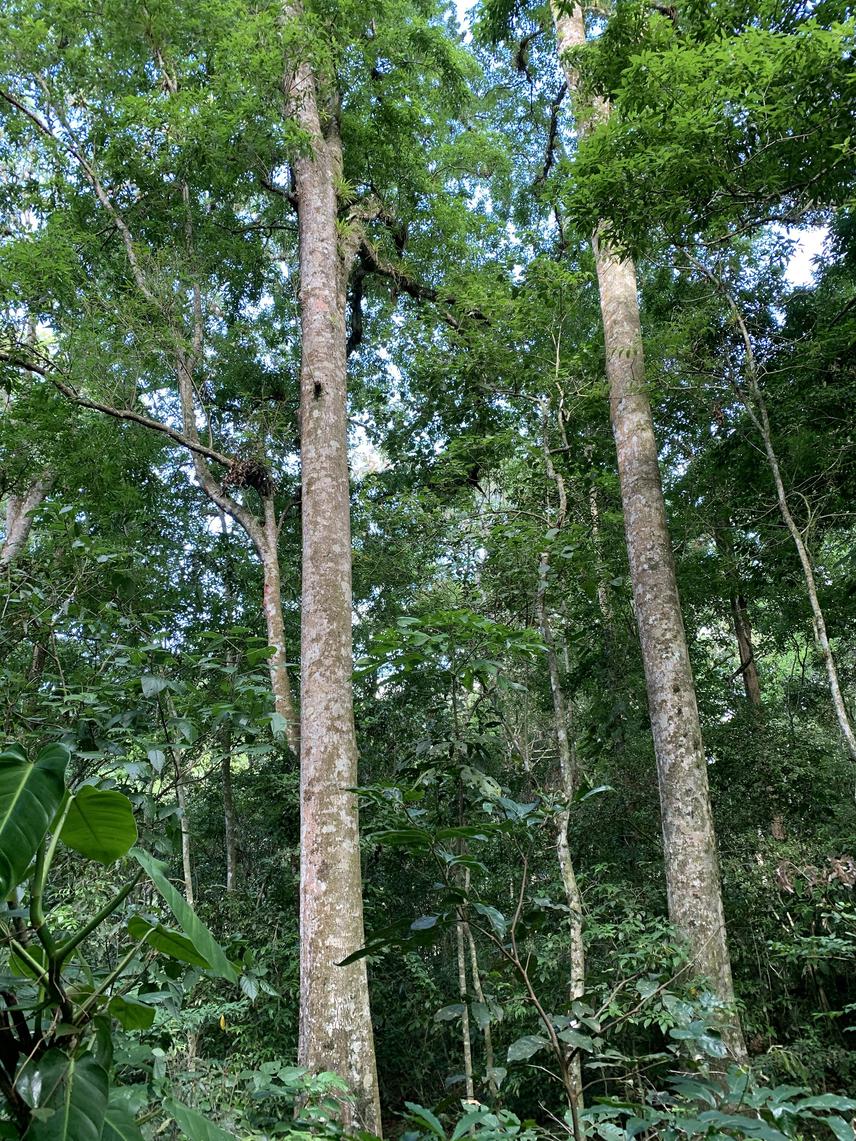Oscar Rafael Lanuza Lanuza
Forest fragments are a vital refuge for biodiversity and provide valuable ecosystem services such as Carbon storage. However, the lack of awareness of this important service and the climate hazard it faces precludes stronger commitments with forest conservation by stakeholders. The goal of this project is to assess the conservation status and the Carbon storage capacity of the forests of the Miraflor-Moropotente area, a protected landscape representative of the diverse and threatened Nicaraguan forest ecosystems. The development of a set of long-term forest monitoring plots may pave the way for extending the methodology to other nature reserves throughout the country.

The goal of this project is to provide a detailed assessment of the conservation status of the forest remnants and a high-resolution calculation of the current and potential Carbon stock of the Miraflor-Moropotente Protected Landscape (MMPL), Nicaragua. In doing so, this project will also deliver the first tree species checklist of the area and a comprehensive study of the distribution of functional traits in the diverse forest communities present in the MMPL. We will set up 40 long-term monitoring plots (0.25 ha) embracing the variation in dryness and management/disturbance pressure including the main forest types present in the MMPL, which are tropical wet montane, broadleaved of transition, dry forest deciduous, oak-pine mix, riparian forests (8 plot replicates per forest type). We will identify all tree species and for each of them we will record a basic set of functional traits. We will establish the range of the current Carbon stock and calculate the potential storage capacity under different climate-policy management scenarios. Altogether, this project will be the initial study case for demonstrating the value of conserving Nicaraguan forests as an efficient nature-based solution to mitigate climate change impacts.
We will present the results obtained during the fieldwork, to each of the local relevant stakeholders, private landowners and partners of the production cooperatives, local communities of farm laborers and small peasants, NGOs, and public institutions working in the area. We will prepare recommendation guidelines to improve forest management practices, and we will conduct environmental education workshops oriented to young people to increase their awareness on forest ecosystem services and promote their attitude towards the conservation of biodiversity.
Simultaneously, we will prepare two research academic articles. One will address the ecological mechanisms behind the assembly of tropical forest communities, particularly the importance of water and nutrient availability in modulating the distribution of functional traits and their relationships with Carbon storage capacity. And the second paper will focus on the ecosystem services provided by the MMPL forests, specifically on the current and potential Carbon stocks depending on different climate-policy management scenarios.